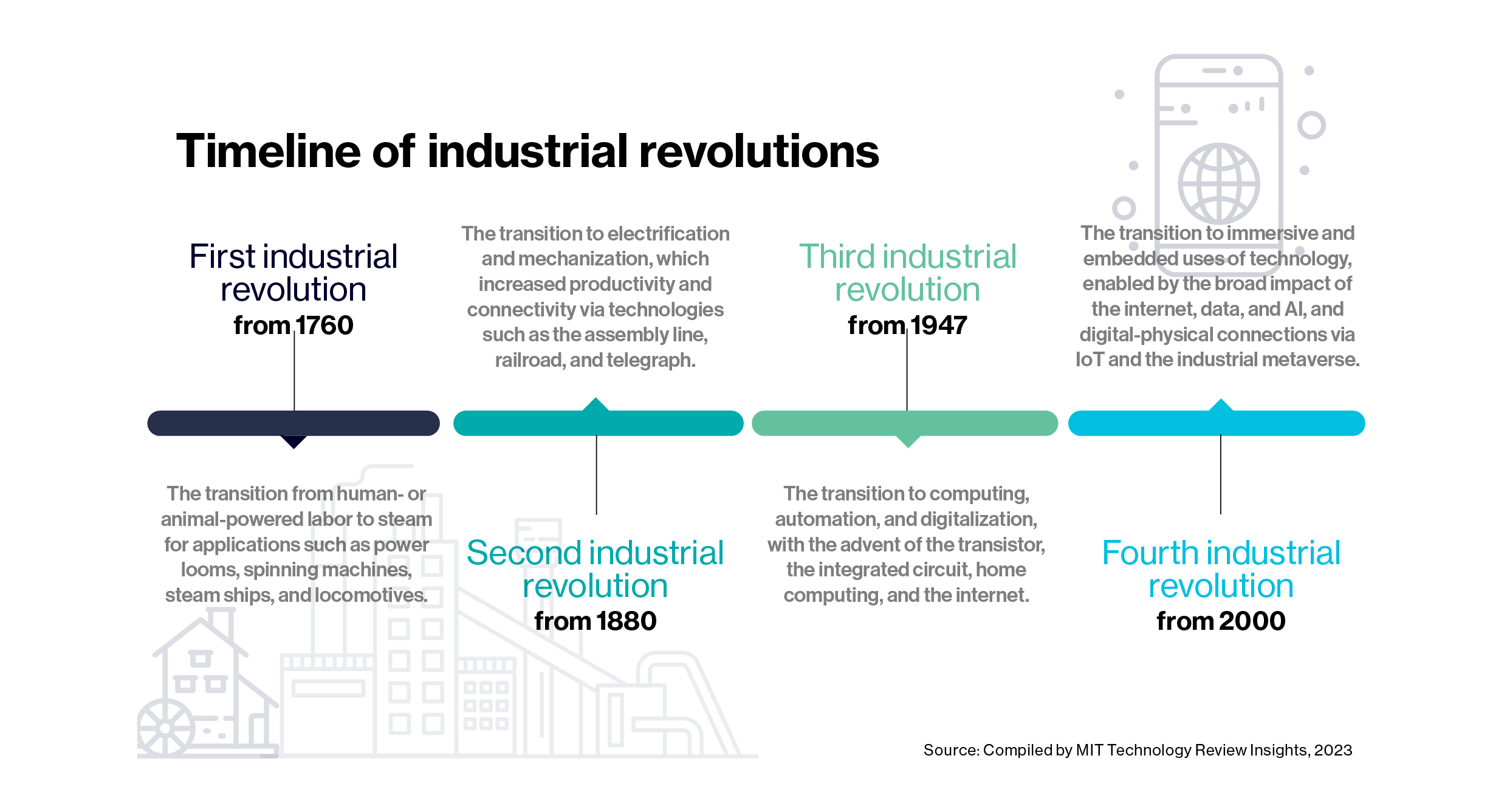Annika Hauptvogel, head of technology and innovation management at Siemens, describes the industrial metaverse as “immersive, making users feel as if they’re in a real environment; collaborative in real time; open enough for different applications to seamlessly interact; and trusted by the individuals and businesses that participate”—far more than simply a digital world.
The industrial metaverse will revolutionize the way work is done, but it will also unlock significant new value for business and societies. By allowing businesses to model, prototype, and test dozens, hundreds, or millions of design iterations in real time and in an immersive, physics-based environment before committing physical and human resources to a project, industrial metaverse tools will usher in a new era of solving real-world problems digitally.

“The real world is very messy, noisy, and sometimes hard to really understand,” says Danny Lange, senior vice president of artificial intelligence at Unity Technologies, a leading platform for creating and growing real-time 3-D content. “The idea of the industrial metaverse is to create a cleaner connection between the real world and the virtual world, because the virtual world is so much easier and cheaper to work with.”
While real-life applications of the consumer metaverse are still developing, industrial metaverse use cases are purpose-driven, well aligned with real-world problems and business imperatives. The resource efficiencies enabled by industrial metaverse solutions may increase business competitiveness while also continually driving progress toward the sustainability, resilience, decarbonization, and dematerialization goals that are essential to human flourishing.
This report explores what it will take to create the industrial metaverse, its potential impacts on business and society, the challenges ahead, and innovative use cases that will shape the future. Its key findings are as follows:

• The industrial metaverse will bring together the digital and real worlds. It will enable a constant exchange of information, data, and decisions and empower industries to solve extraordinarily complex real-world problems digitally, changing how organizations operate and unlocking significant societal benefits.
• The digital twin is a core metaverse building block. These virtual models simulate real-world objects in detail. The next generation of digital twins will be photorealistic, physics-based, AI-enabled, and linked in metaverse ecosystems.
• The industrial metaverse will transform every industry. Currently existing digital twins illustrate the power and potential of the industrial metaverse to revolutionize design and engineering, testing, operations, and training.

